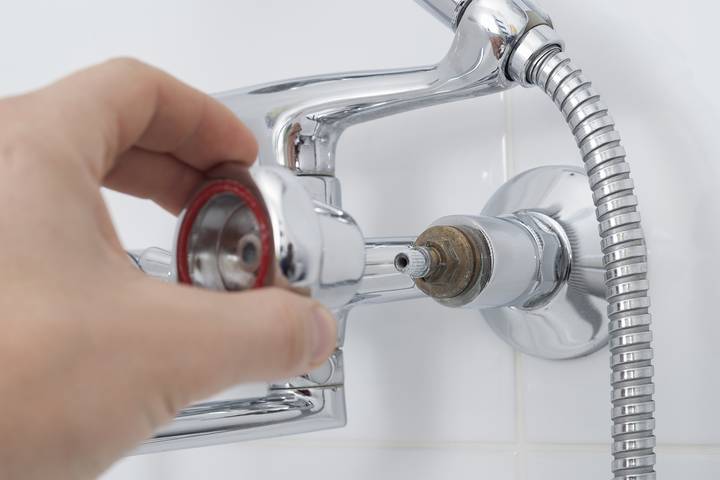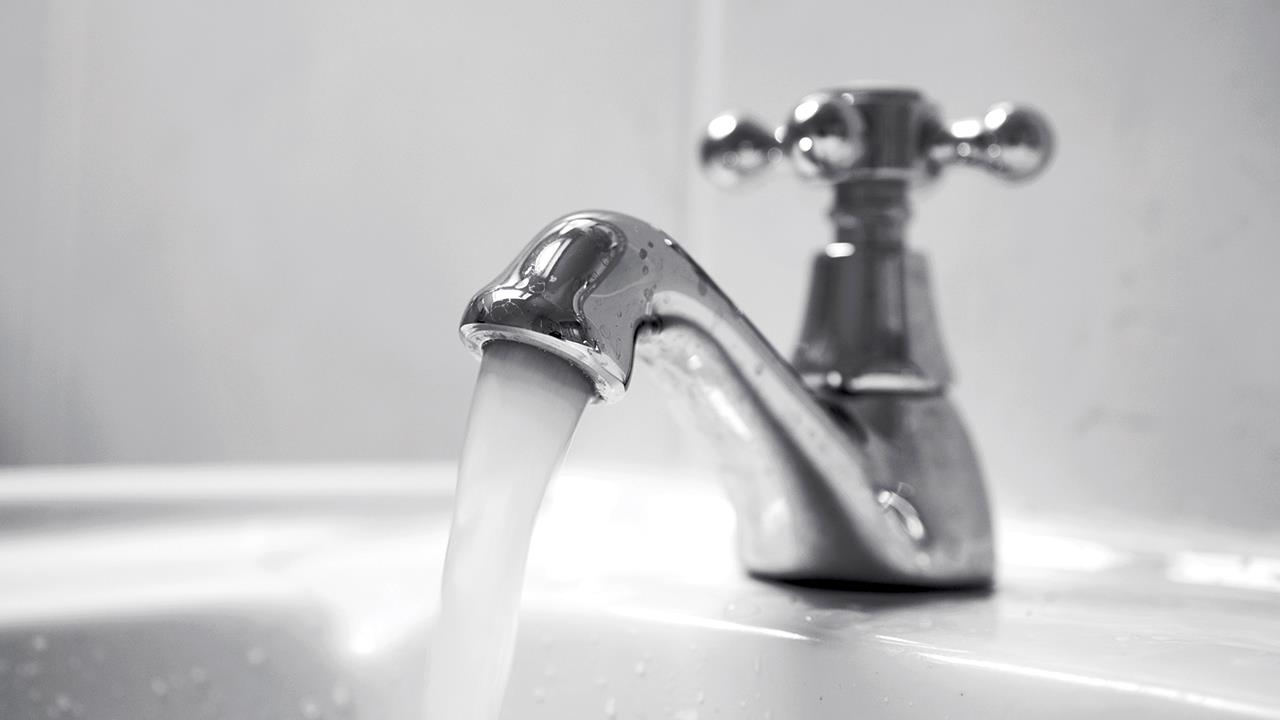Discovering When a Damaged Faucet Would Influence Your Home
Discovering When a Damaged Faucet Would Influence Your Home
Blog Article
Every person may have their unique opinion when it comes to Causes and Consequences of a Leaky Faucet.

Introduction
A leaking tap may appear like a minor annoyance, but its effects prolong much beyond the occasional drip. Understanding the impacts of a leaky faucet is critical for both property owners and the environment. In this short article, we'll explore the various influences of this typical family issue and why resolving it immediately is vital.
Sources Of Leaky Faucets
Leaky taps can result from a range of factors, consisting of damage, high water pressure, and deterioration. Over time, the consistent use taps can cause damaged seals and gaskets, triggering leakages to establish. Furthermore, excessive water stress can put pressure on plumbing fixtures, leading to leaks. Deterioration and rust can likewise weaken faucet elements, making them prone to leak.
Water Wastage
One of one of the most considerable repercussions of a leaking tap is water waste. Also a little drip can amount to gallons of drainage gradually. This not just drives up water expenses however likewise contributes to water deficiency and environmental destruction. Addressing leaking taps promptly is important for saving this valuable resource and minimizing its effect on the world.
Financial Impact
Along with drainage, leaky taps can additionally have a significant monetary effect. Increased water costs are a direct effect of water wastefulness, setting you back home owners thousands of dollars annually. Additionally, the cost of fixing water damages brought on by leaks can be substantial, particularly if left neglected for an extended period.
Ecological Effect
The environmental effect of leaky taps expands beyond water wastefulness. By conserving water, homeowners can contribute to wider efforts to alleviate water deficiency and safeguard natural environments. Lasting alternatives such as rain harvesting and water-efficient fixtures can additionally minimize the environmental impact of family water usage.
Technical Solutions
Advancements in technology have led to the growth of clever taps and water-saving tools that help minimize water wastage. Smart taps use sensing units to detect movement and change water flow as necessary, minimizing waste without sacrificing ease. Water-saving devices such as aerators and low-flow showerheads are likewise efficient in preserving water without compromising performance.
Global Perspectives
While leaking taps may look like a local problem, they add to more comprehensive international obstacles such as water scarcity and climate adjustment. In areas already facing water tension, every decline counts, making leakage prevention and repair work crucial. By adopting water-saving techniques and investing in lasting innovations, property owners can play their part in attending to these pressing worldwide problems.
Regulative Measures
Federal government regulations play a critical role in minimizing the influence of leaky faucets and advertising water preservation. From developing codes that require water-efficient fixtures to water-saving motivations and discounts, policymakers have a series of devices at their disposal. By executing and applying these policies, governments can make certain that property owners focus on water conservation in their lives.
Area Effect
Resolving leaky taps calls for cumulative initiatives at the community level. By increasing understanding about the importance of water conservation and supplying sources for leakage discovery and repair, local authorities can encourage property owners to take action. Initiatives such as water-saving rebate programs and leakage discovery projects can incentivize habits modification and promote accountable water usage.
Instance Studies
Real-life instances of the effect of dripping faucets underscore the value of aggressive maintenance and timely repair services. From water damages to skyrocketing water costs, the repercussions of neglecting leaks can be extreme. By sharing these study, house owners can much better comprehend the relevance of resolving leaking taps immediately.
Educational Campaigns
Educational projects play a crucial role in elevating awareness about the effects of leaky taps and promoting water conservation techniques. With workshops, workshops, and online resources, house owners can learn just how to spot and fix leaks themselves. By empowering individuals with knowledge and tools, academic projects can foster a culture of liable water use within neighborhoods.
Wellness Issues
Leaking taps can produce conducive settings for mold and mildew growth, posing health and wellness dangers to occupants. The visibility of mold and mildew can intensify respiratory concerns and allergic reactions, especially in prone individuals. Additionally, water damages resulting from leaks can compromise the architectural honesty of buildings and cause costly repairs.
Do it yourself vs. Professional Repair
When faced with a dripping tap, house owners commonly question whether to attempt repairs themselves or employ a professional plumber. While DIY fixings can conserve cash, they might not always resolve the hidden concern successfully. Professional plumbing professionals have the know-how and equipment to identify and deal with leakages appropriately, guaranteeing long-lasting solutions and comfort for homeowners.
Preventive Measures
Stopping dripping taps requires regular maintenance and proactive measures. Easy jobs such as changing worn-out washing machines and seals can stop leakages from developing. In addition, upgrading to top notch fixtures and lowering water stress can help extend the life expectancy of faucets and minimize the risk of leaks.
Conclusion
To conclude, the impacts of a leaking faucet extend far past the occasional drip. From water wastefulness and boosted water bills to wellness problems and environmental influence, the repercussions of neglecting leakages can be substantial. By addressing leaky taps without delay and adopting water-saving practices, homeowners can alleviate these impacts and add to a much more sustainable future.
Why You Shouldn’t Ignore a Leaky Faucet in Your Home
What Causes a Leaky Faucet?
Various factors can cause a leak, from loose and worn-out parts to corrosion. Your faucet has four essential components from which most plumbing issues will stem: the O-ring, the valve seat, the washer and the gasket.
What Is an O-Ring?
The O-ring is a stem screw that fastens parts of the faucet in place, preventing water from leaking out of the spout. Depending on your faucet type, the stem might have multiple O-rings. Water will drip from the faucet’s handles and base if this part breaks or deteriorates.
What Is a Valve Seat?
The valve seat controls the flow and temperature of the water. Found at the base of the handle, it works as a seal for the faucet’s stem. The valve seat ensures the water is allowed to flow or is blocked as the handles dictate. You’ll know it’s malfunctioning when water leaks from your faucet’s sides.
What Is a Gasket?
The gasket is found between the water inlet and the valve stem. It creates a seal between the faucet and the sink, holding its joints by aerators attached to the stem’s head. Water will trickle out from the base if the gasket isn’t working.
What Is a Washer?
The washer secures the handles and prevents leakage, serving a similar purpose to the O-ring. While the O-ring is ordinarily round and made from an elastic material, such as rubber, the washer is square-shaped and composed of brass, copper and other hard metals. If it malfunctions, corrodes or has been improperly installed, water will leak out of the handles, causing that incessant faucet drip.
Why Is a Leaky Faucet Dangerous?
A leaky faucet left alone for too long can have significant consequences.
Pest Infestations
Since bugs and rodents gravitate towards the scent of water, a leaky faucet will draw pests to your sink. Both are looking for leaks accessible through crawl spaces, which a faucet provides. If you leave water dripping for too long, you run the risk of an infestation.
Rust
If one of the faucet parts has started to corrode, the resulting rust can spread to your pipes and valves with startling speed. The rust might even lead to cracks or other impairments, resulting in more severe plumbing issues.
Your sink could also sustain damage from a leaky faucet. The water in your tap possesses sparse elements of calcium and iron that can stain your sink with repeated and prolonged exposure. Once those elements in the water have been open to the air for some time, your sink will start to rust, creating marks that can be difficult to remove.
https://www.tomsmechanical.com/blog/why-you-shouldnt-ignore-a-leaky-faucet-in-your-home

As a keen person who reads on Health Risks Posed by Leaking Faucets, I thought sharing that piece of content was valuable. Those who enjoyed reading our article please do not forget to pass it around. We recognize the value of your readership.
Report this page